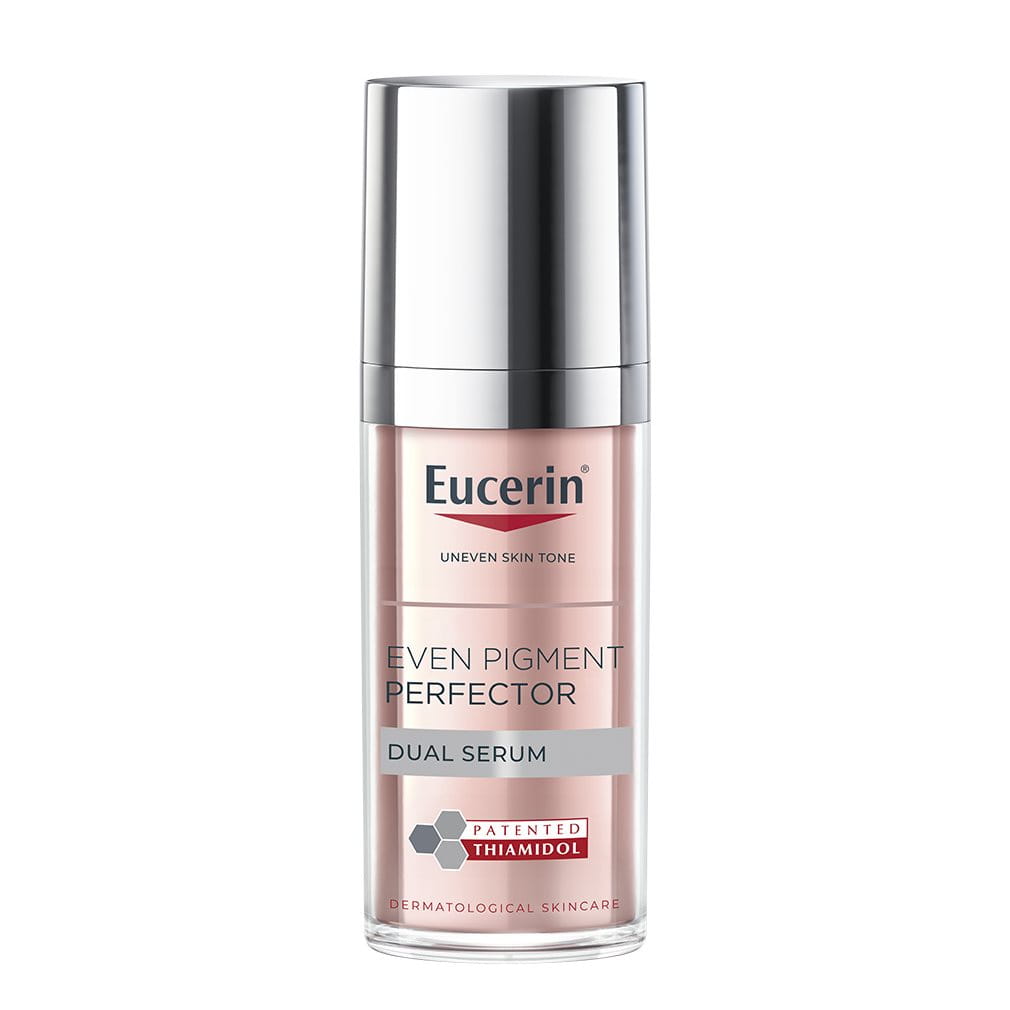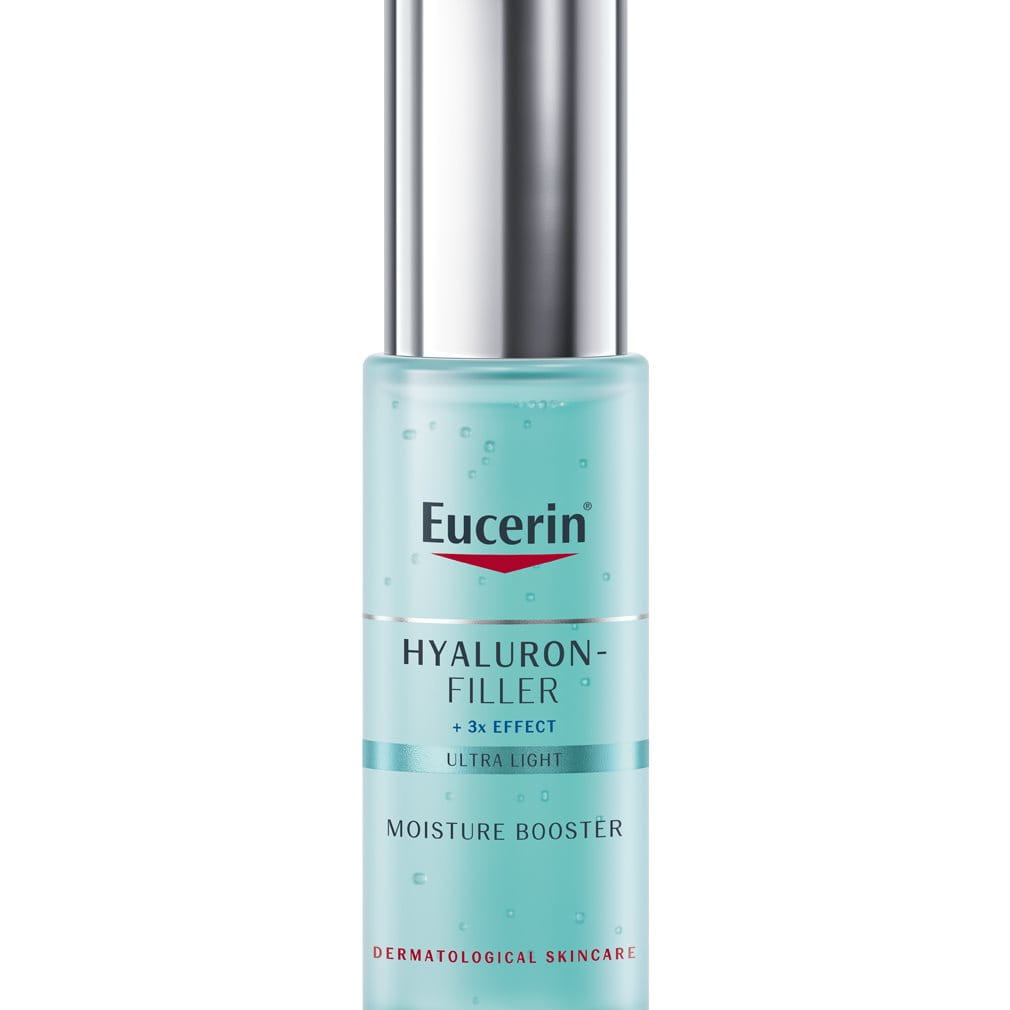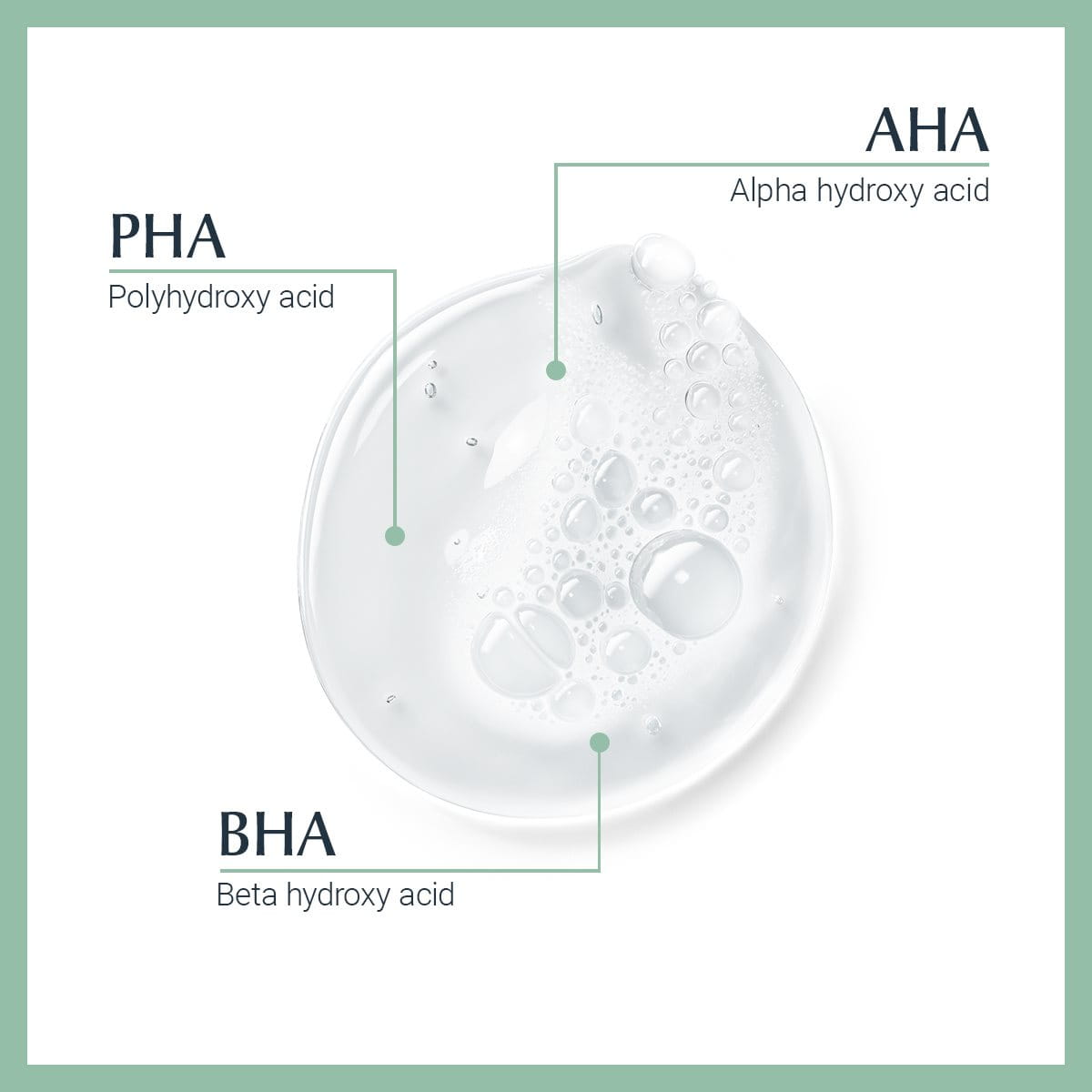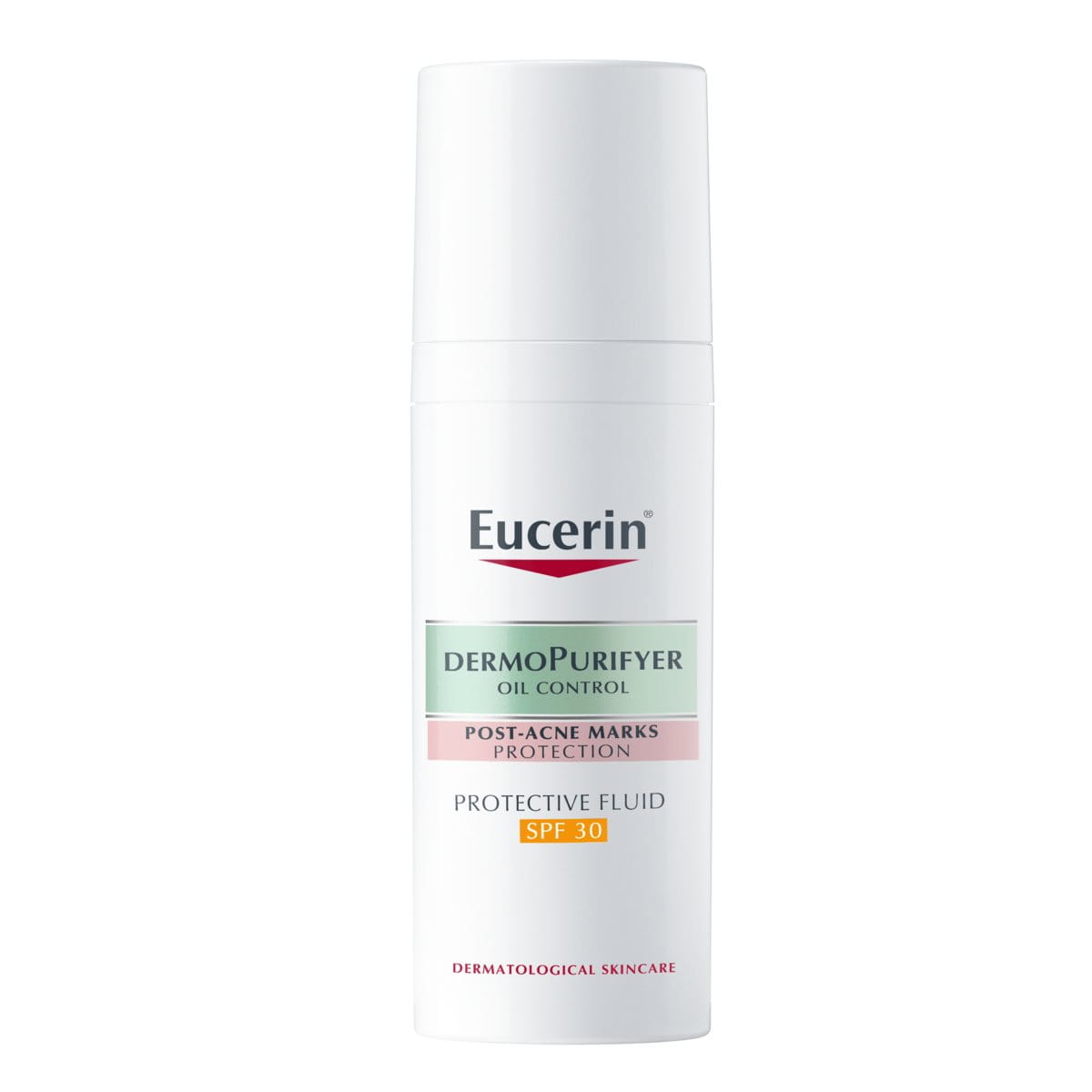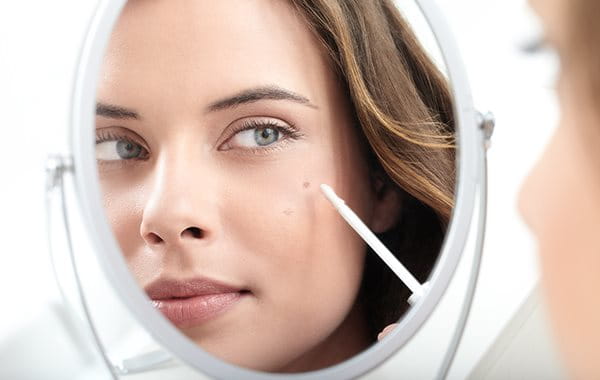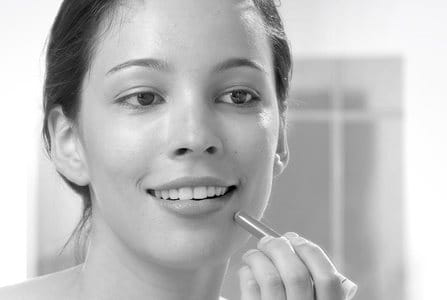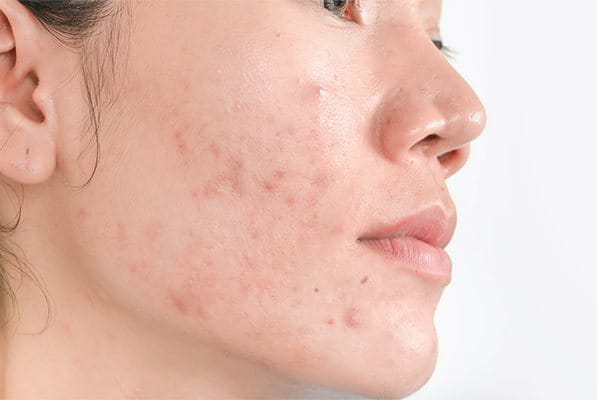Thankfully, there are options available for lightening these pimple marks so that they are less noticeable and, sometimes, invisible. This article looks at the different measures you can try and also explains how the pimple marks come about in the first place.
To find out more about how to reduce or remove scars caused by acne, read Acne Scnarrig.
